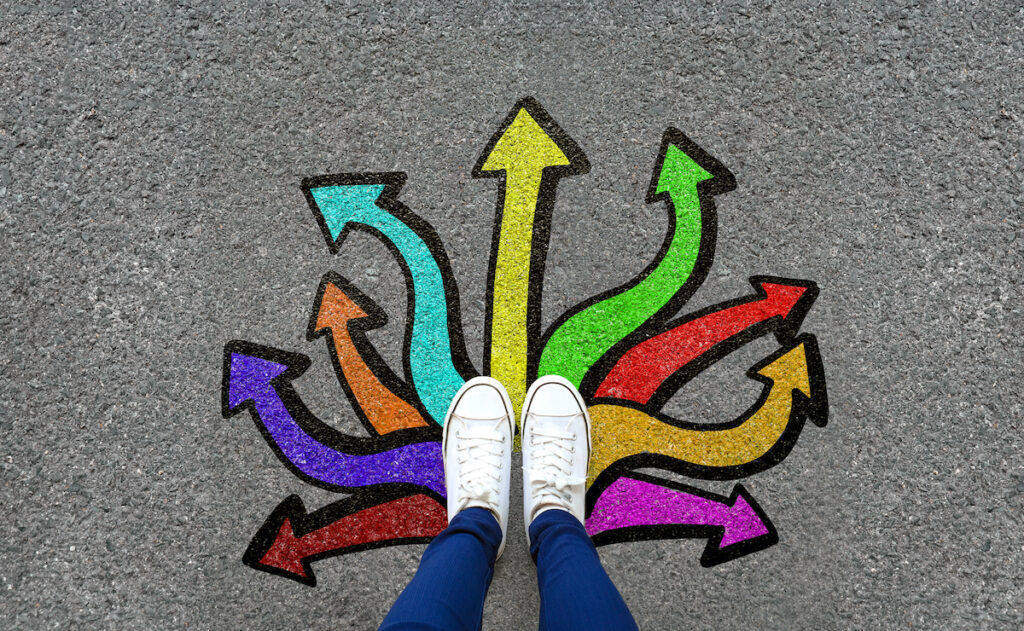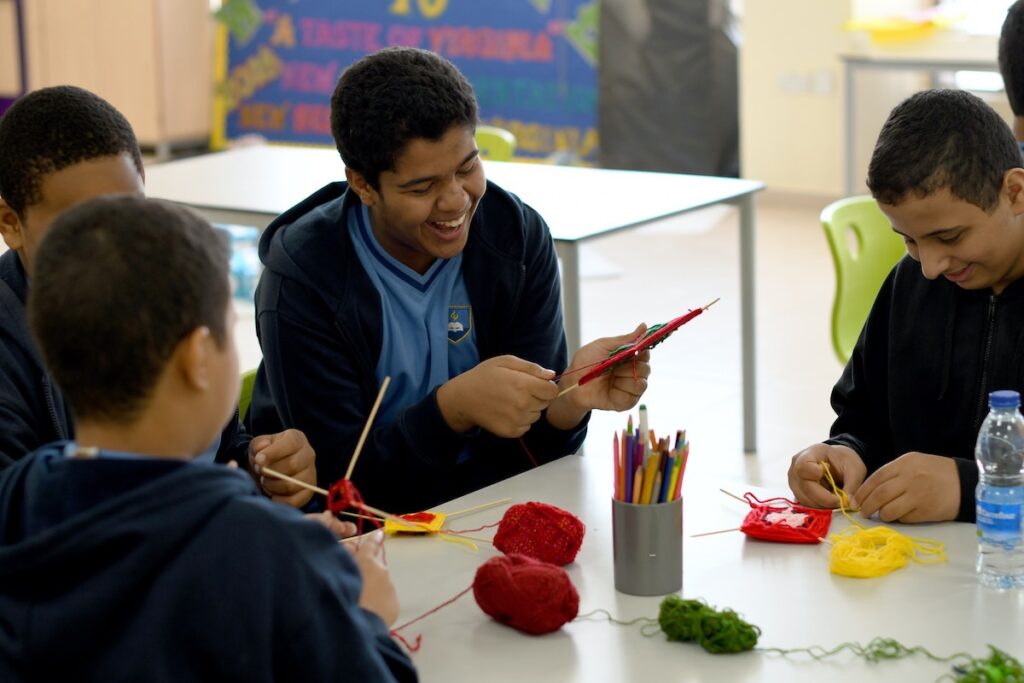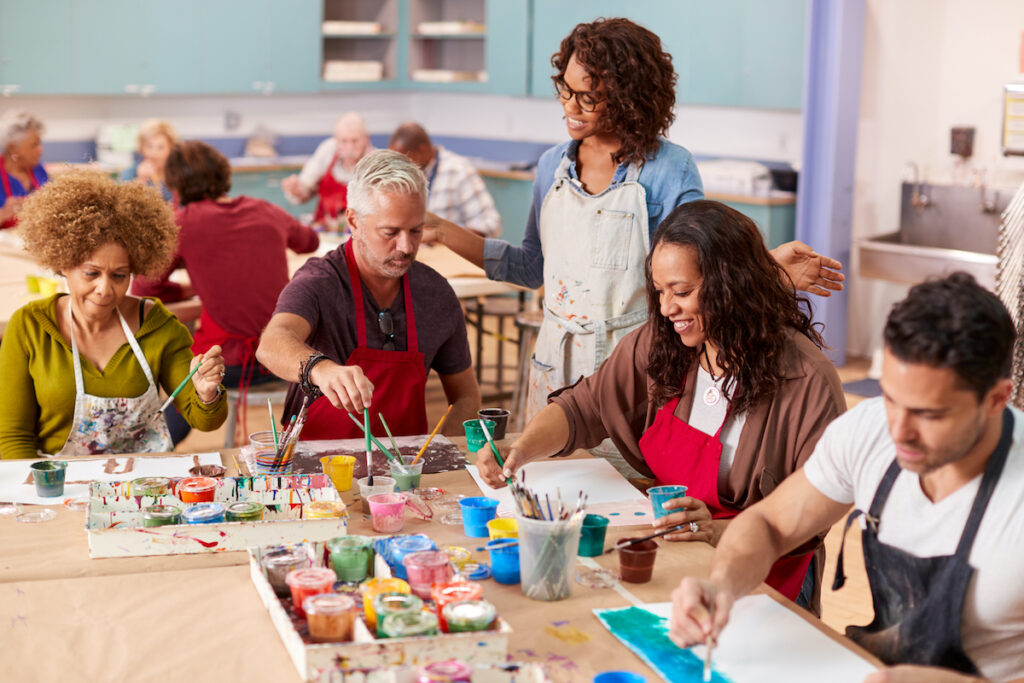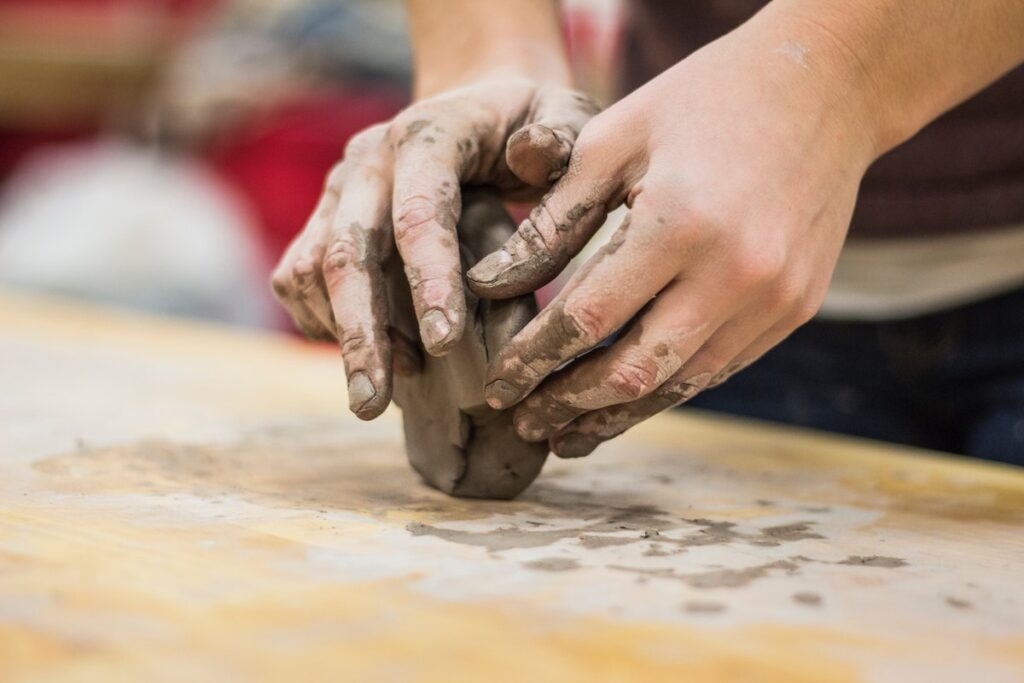
“The arts therapies” refers to forms of psychotherapy that allow participants to practice different art forms (art, dance, and movement, music or drama) to express and relieve symptoms. Working individually and with others in a group, participating in arts therapies can have a profoundly therapeutic effect for some people.
Group arts therapies is a well-established field (see, for instance, Luzzatto & Gabriel, 2000; Waller, 2003; Crawford et al., 2012). Mental Elf blogs by Chris Samson, David Steele and Jess Bone demonstrate how important art therapy can be, in a variety of different contexts. Robb (2022) brings forward an up to date, seminal monograph on this topic, but, until the study here reviewed, no research has been based on the perspective and preferences of participants.
This study examines which mode of the arts therapies people would choose to participate in if they had the opportunity. The study claims to be the “largest survey of the arts therapies to date, and the only survey relating to preferences for the arts therapies.” (Millard et al., 2021: 1)
The authors aimed to explore the notions of interest and preference in relation to participating in group arts therapies that have yet to be explored. This is an important aspect because choice and preference may help or hinder the engagement with (and the success of) treatment: “preferences have been found to play an important role in engagement with psychosocial treatments, and the potential for the arts therapies to offer a space where patients can make choices and be autonomous […].” (Millard et al., 2021).

Art, dance, and music are shown to have a therapeutic effect both individually and in groups. If you had a choice, what would you prefer as a form of treatment?
Methods
The researchers conducted a cross-sectional survey, which means the survey analysed data from a population at a specific point in time. They did this with an online questionnaire that asked questions about participants’ demographics and their preferences for taking part in arts therapy groups.
The survey was completed by a sample of two groups: mental health patients and members of the general population. The survey took 10 minutes to complete, it had 14 questions and also included informed consent. It was co-designed by patients and members of a multidisciplinary research team. The study was conducted across 13 NHS mental health Trusts. Summary statistics, multinomial logistic regression, and thematic analysis were used to analyse the data.
Results
Overall, 1,541 participants took part in the survey (general population group n=856; mental health group n=685). The findings show that 60% of participants would be interested in taking part in group arts therapies (61.4% in the mental health group and 59.5% in the general population). Additionally, 41% of mental health patients say they would prefer music therapy as their first choice, compared to 43% of the general population that would choose art therapy. Details of the responses are presented in the table below:
| Table 2 Most preferred modality of arts therapies | ||||
| Question | Mental health patients (n=685) | General population sample (n=856) | Total (n=1541) | |
| Which type would you most like? | Music therapy | 282 (41.41%) | 271 (31.77%) | 553 (36.05%) |
| Dance movement therapy | 73 (10.72%) | 139 (16.3%) | 212 (13.82%) | |
| Art therapy | 256 (37.59%) | 366 (42.91%) | 622 (40.55%) | |
| Drama therapy | 70 (10.28%) | 77 (9.03%) | 147 (9.58%) | |
Participants choices are the result of several factors: past experiences of engaging in the arts therapies are the most important predictor of preference for that same modality. Other reasons for preferring a particular form of art therapy include the anticipation of enjoyment, hoping it might help, skills or feeling able to do the art in question, positive impact on mood and social interaction, gender (females are more likely to be interested in taking part), diagnosis, and level of education.

These findings suggest that 60% of participants across 13 NHS mental health trusts would be interested to participate in group art therapies as a form of treatment.
Conclusions
The authors concluded that the results of this study show who would be interested in group arts therapies, what they would want, and why. It presents a powerful statistic: 60% of people, across mental health services and the general population, are interested in participating in arts therapies groups. However, the authors then say that, despite the evident need and preferences to participate, it is still difficult to access these groups.
Only 42% of mental health service users have had access to the arts therapies, even when “receiving a preferred psychosocial treatment is associated with lower dropout rates.” (Millard et al., 2021: 7) The results of this survey suggest that there is the potential for arts therapies to be more widely offered, to increase engagement with treatment.

A preference to receive arts therapies has been reported in this study, but we haven’t yet determined how to increase accessibility to community-based approaches.
Strengths and limitations
The study provides the largest dataset of service users’ and general populations’ views on art therapies to date, and the only survey relating to preferences. The simple, handy format is accessible, so the recruitment was able to continue during the COVID-19 pandemic. The method used to recruit participants and the format of the questionnaire is simple and effective; it could be used in different research projects, in other topics, or contexts.
The study presents limitations. Firstly, the research question was hypothetical. All participants were asked if they would take part in art therapy groups. The survey results show preferences when there were no consequences. Moreover, no coproduction took place with participants or experts by experience at any research stage. However, some of the authors produced another paper, also published in 2021, involving semi-structured interviews with participants who participate in group arts therapies. (Millard, Cardona, Fernandes et al. 2021). Here, we have live data about people’s choices and preferences in relation to different modes of group art therapy. Quotes from participants, such as: “I felt like I belonged, I felt a sense of belonging, that’s the first and the utmost thing”, prove the hypothesis about preferences for group arts therapies in the primary paper here reviewed.

A major limitation of this study was the lack of coproduction from the design to execution of the research; experts by experience engaging with arts therapies could offer valuable insights.
Implications for practice
The findings should stimulate a wide provision of arts therapies (in several modalities) to be made available to patients and the general population. The evidence shows that people want to try these interventions, and they can create an effective psychotherapeutic intervention because they are governed by choice/preference. Furthermore, they should be offered not only to mental health patients but in a plurality of contexts, for anyone and everyone. Arts therapies could be made more widely available on the NHS, in social prescribing, for instance (“Arts on Prescription”, Bungay & Clift, 2010).
Clinicians are recommended to consider service users’ preferences in the allocation of art therapy groups. Before referring a service user to a particular type of art therapy, it is a good idea to ask them what they want to do. It should be a joint decision. This will make the intervention more effective.
I have taken part in several different modalities of the arts therapies in groups, during admissions to different psychiatric hospitals and community settings. My preference has always been art therapy because I feel so comfortable with visual arts. I find drawing, painting, collage, or crafts very cathartic and expressive. These mediums have helped me engage with therapy and build my recovery. I would not immediately choose drama, music, or dance/movement therapies, because I don’t feel confident about my ability; I would be embarrassed or feel judged. However, when I have participated in these modalities, stepping outside my comfort zone, I have experienced – to my surprise – a very powerful, connective effect: sheer relief.
For this reason, although preference is important, often doing something you don’t usually do, and challenging yourself, can have a momentous, positive impact.

Although preference is important, often doing something you don’t usually do, and challenging yourself with various forms of art, can have a momentous, positive impact.
Statement of interests
No conflict of interests.
Links
Primary paper
Millard E., Medlicott E., Cardona J., et al. 2021. ‘Preferences for group arts therapies: a cross-sectional survey of mental health patients and the general population’, BMJ Open 2021;11:e051173. doi: 10.1136/bmjopen-2021-051173. https://pubmed.ncbi.nlm.nih.gov/34373313/
Other references
Bone, J. 2021. ‘Music therapy for depression: I want more…reliable research’, National Elf Service. https://www.nationalelfservice.net/mental-health/depression/music-therapy-for-depression/.
Bungay, H. & Clift, S. 2010. ‘Arts on Prescription: A review of practice in the UK’, Perspectives in public health 130. https://journals.sagepub.com/doi/10.1177/1757913910384050
Crawford M., Killaspy H., Barnes T., Barrett B., Byford S., Clayton K. et al. 2012. ‘Group art therapy as an adjunctive treatment for people with schizophrenia: multicentre pragmatic randomised trial’, BMJ 2012; 344: e846 doi:10.1136/bmj.e846. https://www.bmj.com/content/344/bmj.e846.
Luzzatto, P. & Gabriel, B. 2000. ‘The Creative Journey: A Model for Short-term Group Art Therapy with Posttreatment Cancer Patients’, Art Therapy, 17:4, 265-269, DOI: 10.1080/07421656.2000.10129764.
Millard E., Cardona J., Fernandes F. et al. 2021. ‘I know what I like, and I like what I know: Patient preferences and expectations when choosing an arts therapies group’, The Arts in Psychotherapy 2021; 75: 2021, 101829, doi: 10.1016/j.aip.2021.101829. https://www.sciencedirect.com/science/article/pii/S0197455621000745?via%3Dihub
Robb, M. 2022. Group Art Therapy: Practice and Research, Taylor & Francis: Routledge.
Samson, C. 2015. ‘Art therapy for common mental health disorders’, National Elf Service. https://www.nationalelfservice.net/treatment/psychotherapy/art-therapy-for-common-mental-health-disorders/.
Steele, D. 2016. ‘Music therapy for depression in older adults: How can I be sure of you?’, National Elf Service. https://www.nationalelfservice.net/mental-health/depression/music-therapy-depression-older-adults/.
Waller, D. 2003. “Group art therapy: An interactive approach.” Handbook of art therapy: 313-324.
Photo credits
- Photo by Hello I’m Nik on Unsplash
- Photo by Alex Jones on Unsplash
- Photo by Atikah Akhtar on Unsplash

In my experience, art is an effective way of managing mental health issues for many people. As mentioned, funding is a major block to the provision of art. I believe the use of art has to be supplied by a person able to teach or lead the group at a level suitable for adults. Lack of funding may lead to the art being led by someone who is enthusiastic but not trained in using art therapeutically. My plea to Mental Health providers is that cutting corners won’t provide the therapy.